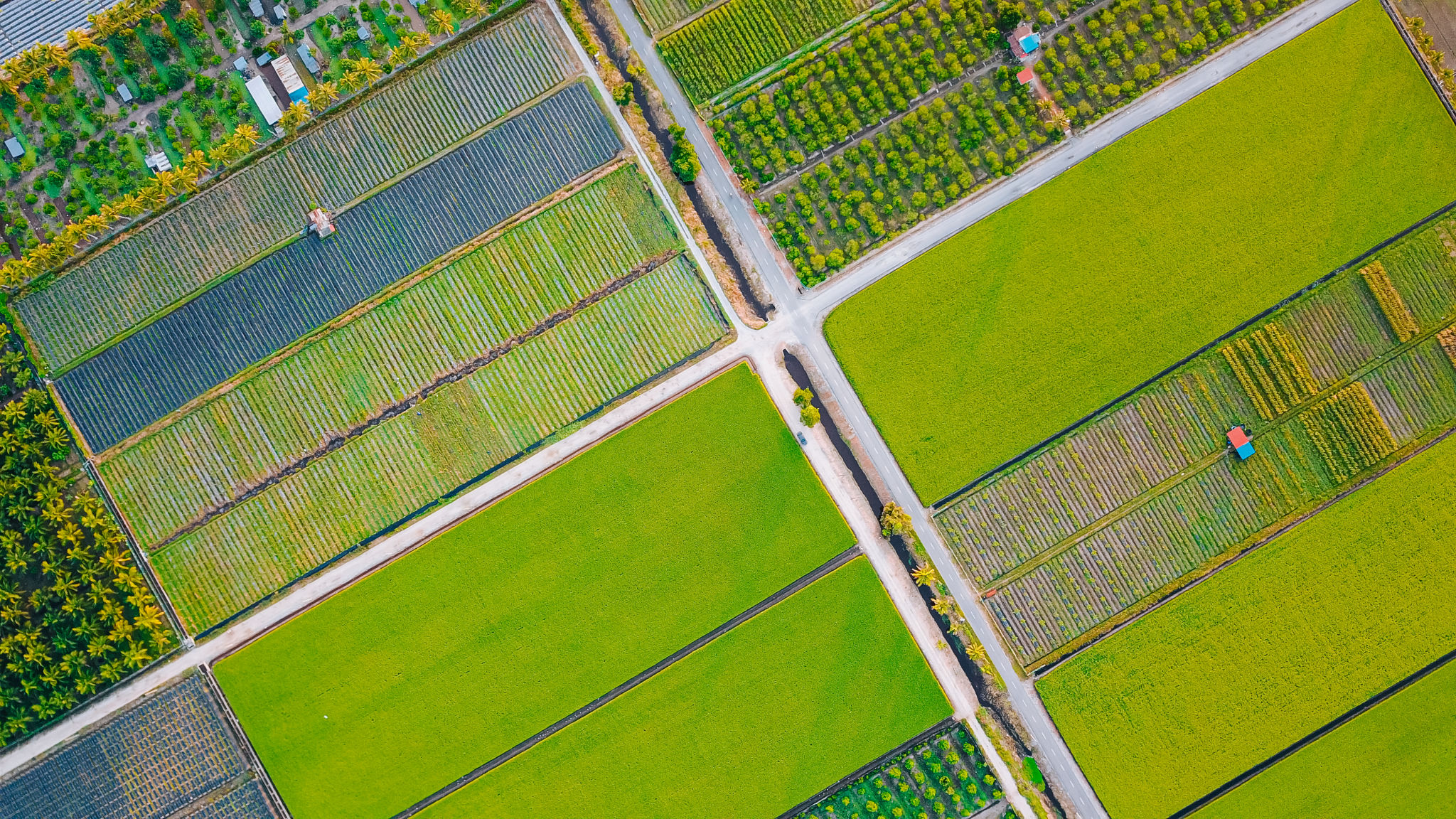Farm-to-Door Delivery: How It Supports Hawaii's Economy and Environment
Introduction to Farm-to-Door Delivery
In recent years, the farm-to-door delivery model has gained significant traction in Hawaii. This innovative approach connects local farmers directly with consumers, offering a convenient and sustainable way to enjoy fresh produce. By cutting out the middlemen, this model not only supports local agriculture but also contributes to the state's economy and environmental health.

Boosting the Local Economy
Farm-to-door delivery plays a crucial role in strengthening Hawaii's economy. It provides farmers with a direct market for their produce, ensuring they receive fair compensation for their hard work. By purchasing directly from farmers, consumers help keep money within the local economy, which can lead to more job opportunities and economic growth.
Moreover, this model encourages the development of small and medium-sized farms, which are vital for a diverse and resilient agricultural sector. Supporting these farms ensures that Hawaii's unique agricultural heritage continues to thrive, even in a rapidly changing global market.
Environmental Benefits
The environmental impact of farm-to-door delivery is significant. By reducing the need for long-distance transportation, this model helps decrease carbon emissions associated with food distribution. Locally sourced produce also tends to require fewer preservatives and packaging, further reducing the environmental footprint.

Additionally, supporting local farms encourages sustainable farming practices, which are essential for maintaining Hawaii's rich biodiversity and natural resources. Many local farmers employ organic and regenerative techniques, promoting soil health and reducing the use of harmful chemicals.
Consumer Benefits
For consumers, farm-to-door delivery offers a variety of advantages. Freshness is a major draw, as produce is often harvested and delivered within a short timeframe, preserving its nutritional value and flavor. This direct access to fresh ingredients allows consumers to enjoy healthier meals and experiment with new recipes.
Consumers can also enjoy a wider variety of seasonal produce that may not be available in traditional grocery stores. This variety encourages a more diverse diet and helps support agricultural biodiversity.

Challenges and Opportunities
While the benefits are clear, farm-to-door delivery in Hawaii faces challenges such as logistical complexities and the need for efficient distribution networks. However, these challenges also present opportunities for innovation. Technology can play a crucial role in streamlining operations and improving communication between farmers and consumers.
Furthermore, community engagement and education can help overcome barriers and increase participation in farm-to-door programs. By raising awareness of the benefits, more consumers may be encouraged to choose local, sustainably sourced foods.
Conclusion
Farm-to-door delivery is more than just a trend; it's a vital component of a sustainable future for Hawaii. By supporting local farmers, reducing environmental impact, and providing fresh, nutritious produce to consumers, this model offers a pathway to a healthier and more resilient state. As more people embrace this approach, the positive effects on Hawaii's economy and environment are bound to grow.